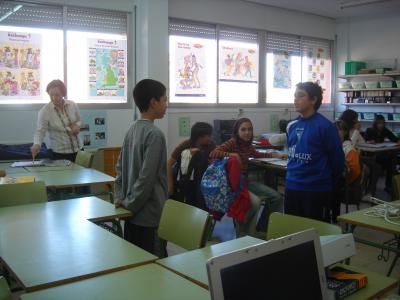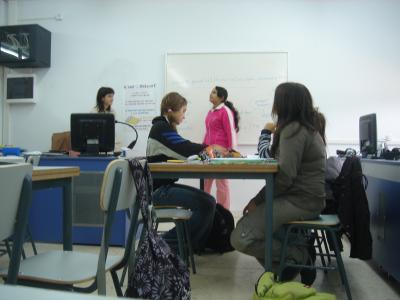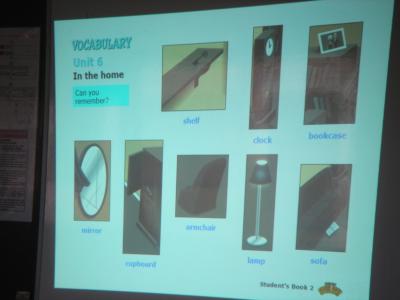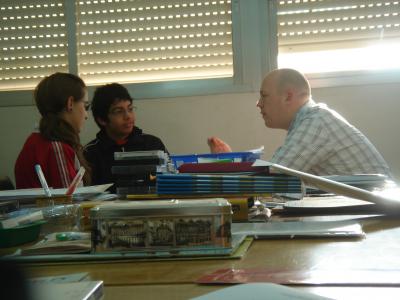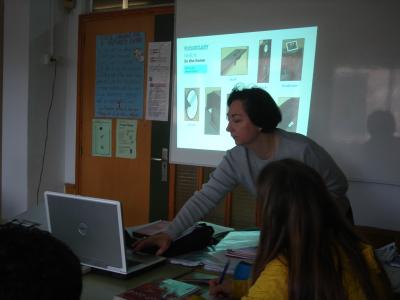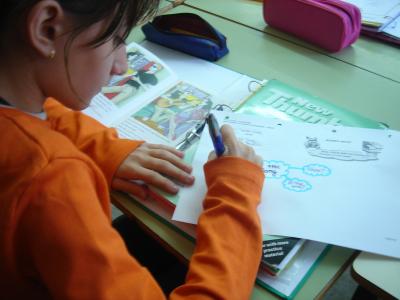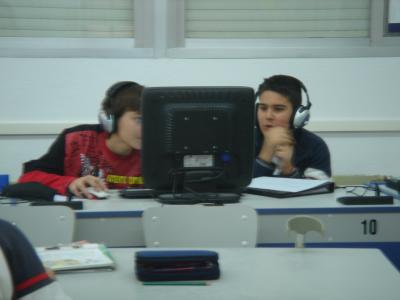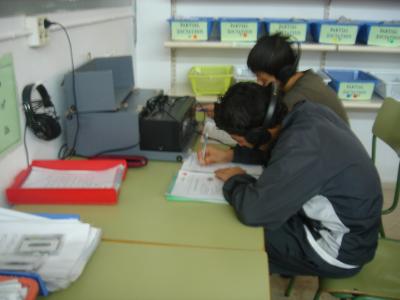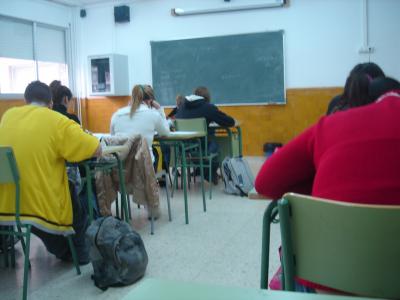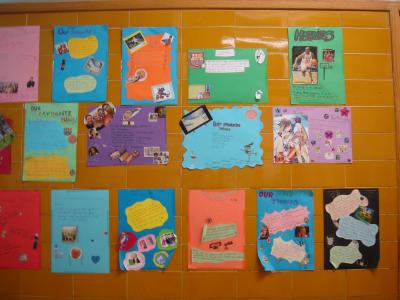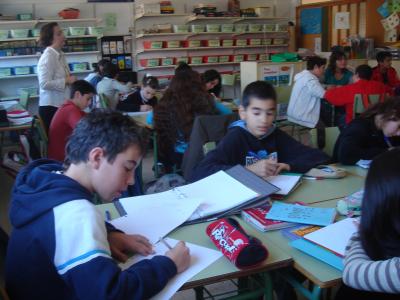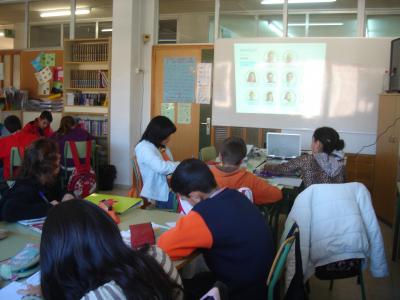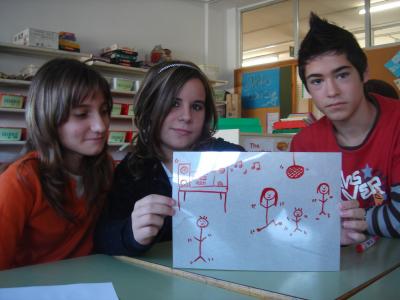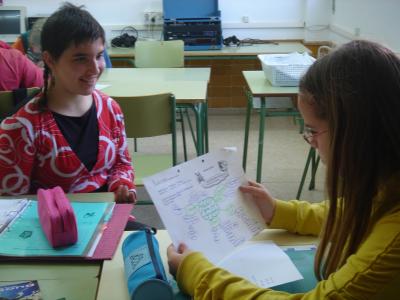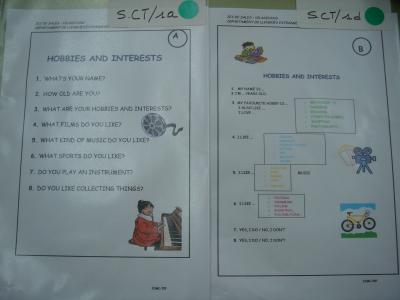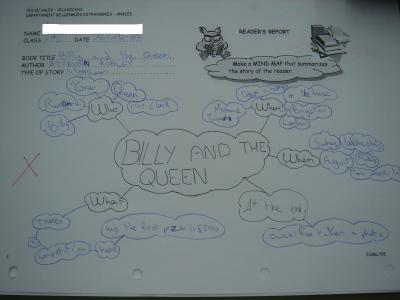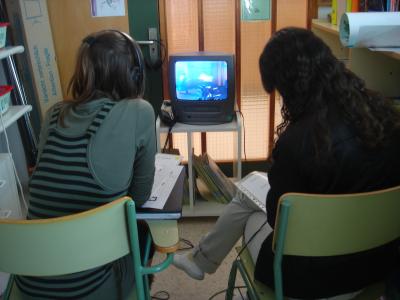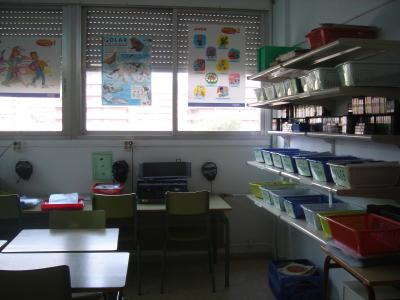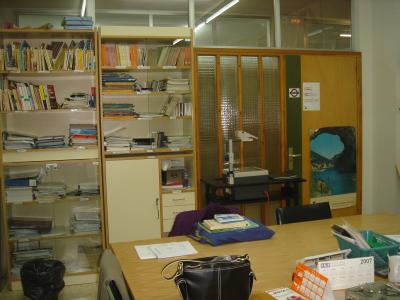Didactic Sequence (1)
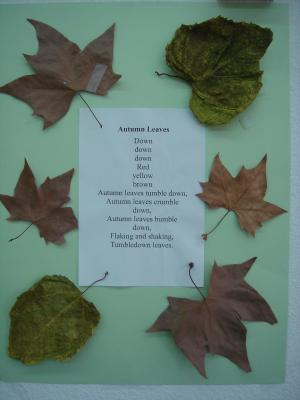
Today I started my Didactic Sequence in 2nd ESO C. It is not my first time I teach a whole class, so maybe for this reason I was not so nervous (I am always nervous for everything, so this is a good think, today!). I have also all the support of my tutor, Eve, and the good climate in class that helps a lot in the teaching practice.
I had an hour for myself, to start implementing my didactic sequence. It is about seasons and cultures. Today we have worked on the introduction of seasons and then on autumn, the season we are now. Students have collaborated a lot, they have behaved very well and they were motivated and attentive all the hour.
We have done some games, brainstorming of ideas, we have learnt a poem and they have invented another! I did not think the responses would be so good! I am very pleased and this encourages me to continue working and implementing the unit with happiness!
Nevertheless all these, I can say that the first moment of the class has not been so good, as I forgot asking the teacher for the project and the laptop (for a presentation) until we were on the point of starting the lesson.
After the class, my tutor and I had spoken about my intervention. She was happy about it and she criticized me ("criticize" as 'give an opinion, reflexions, etc.'!) a little bit in order to improve my teaching practise. She said me a lot of resources and complementary activities for the activities I did, and I found all these ideas and observations very interesting and useful to know! I thank her a lot for this. As I said her, it is better to know a second opinion, an external one, positive and negative aspects the other person can say, in order to improve, to know how you teach, what are your key points and the weakest ones...
In conclusion, it has been a good start for the implementation of my didactic sequence. I am happy about it, the results, the participation, the students, the review, my feelings, my confidence... It seems it is not me the person I am talking about!
